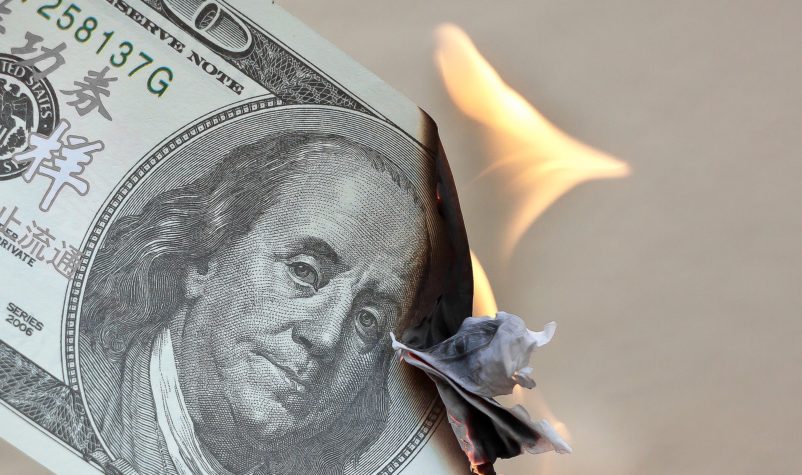The Gold IRA Company
Matches Exceptional Investors with
Exceptional Investments

Blog

Investing.com: Inflation Is Just Getting Started – Got Gold? Silver?
Article by David I. Kranzler in Investing.com
Recent trading action in gold and silver lead me to believe that a major move in the precious metals sector may have started.
The nature of inflation is widely misunderstood and misinterpreted. “Inflation” and “currency devaluation” are tautological—they are two phrases that mean the same thing.
When the money supply increases at a rate that is greater than the wealth output of an economic system, it reduces the value of each marginal dollar created (for the pedants, I’m not going to delve into the difference between bank reserve creation and money supply—the two are inextricably linked).
Dollar devaluation has been occurring since the early 1970’s. The value of the dollar relative to gold (real money) has declined 98%.
In 1971 $40,000 would buy a 4,000 square foot home in a good suburb. Now it takes $700,000 on average to buy that same home.
Price inflation is the evidence of currency devaluation. The CPI is not a real measure of price inflation. The CPI is methodically massaged – starting with the Arthur Burns Federal Reserve (it was his idea) to hide the real degree of currency devaluation from all of the money that has been printed since 1971.
The CPI report is little more than a tool for political propaganda. In addition, the Fed has made the public’s ability to measure the money supply considerably more difficult over the past 15 years.
In 2006 the Bernanke Fed stopped reporting M3, the most accurate measure of the money supply. You can’t see M3 past March 2006. Why? Early in 2021, the Fed changed definitions of M1 and M2. Why? The Fed has done this to disguise the true amount of money supply that has been created over time.
The M2 money supply has increased at an annualized rate of 20.2% Since February 2020, the M2 measurement is now 90% of GDP vs 44.4% at the beginning of 2000. Going into 2022, gold is considerably mispriced relative to the amount of currency that has been printed. And silver, at a gold/silver ratio of 79, is extraordinarily mispriced vs gold.
Now that the Fed seems intent on tightening its monetary policy per the FOMC meeting minutes released last week, what happens to the price of gold when the Fed begins a rate hike cycle? I’ve mentioned this in the past, but Adam Hamilton, who publishes his Zeal Intelligence newsletter, did a statistical study which concluded that some of gold’s best rate of return periods going back to 1971 have occurred when the Fed goes into a rate hike cycle. The chart I prepared shows this: ……..
To read this article in its entirety, click here.
Want more info?
Speak with a Gold & Silver Specialist.
Call Now: 855-554-4853
CALL TODAY!